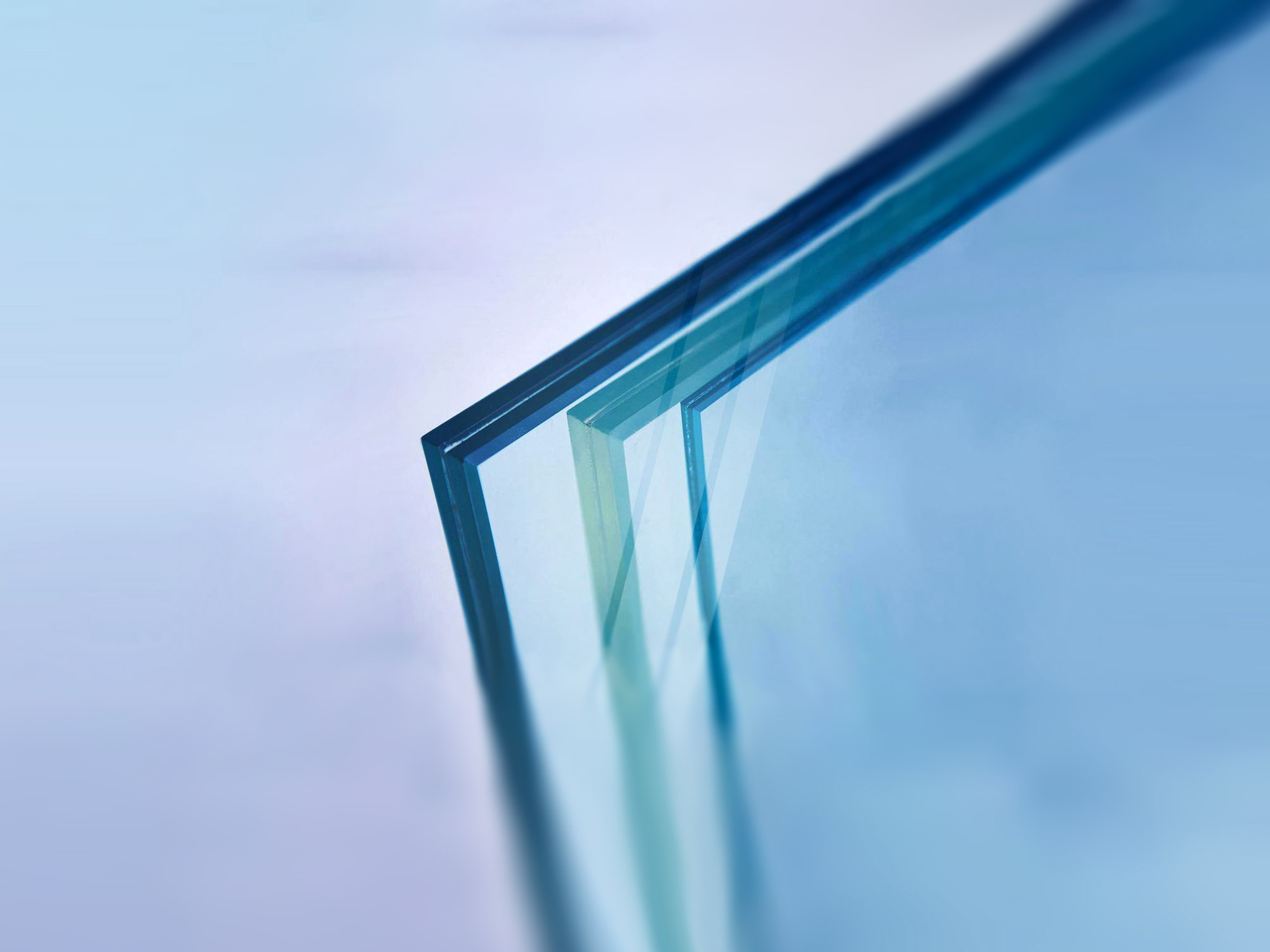

Understanding the Different Types of Float Glass
Float glass is a widely used material in the construction and architectural industries, valued for its clarity, versatility, and ease of production. The process of creating float glass involves floating molten glass on a layer of molten tin, resulting in a flat sheet of glass with a uniform thickness and smooth surfaces. This article explores the various types of float glass, each with unique properties and applications.
1. Clear Float Glass
Clear float glass is the most common type, known for its high light transmission and transparency. It is manufactured without any coloration or tint, making it ideal for a variety of applications such as windows, glass doors, and display cabinets. Its clarity enhances visibility and allows natural light to illuminate spaces, making it a popular choice in residential and commercial environments.
2. Tinted Float Glass
Tinted float glass is produced by adding metallic oxides during the manufacturing process, giving the glass a color tint. The primary purpose of tinting is to reduce glare and control solar heat gain, making it suitable for buildings located in sunny areas. Tinted glass not only enhances privacy but also contributes to energy efficiency by lowering the need for artificial cooling systems. Common tints include gray, bronze, and green, each offering different aesthetic and thermal properties.
3
. Low-Emissivity (Low-E) GlassLow-E float glass features a microscopically thin coating that reflects infrared energy while allowing visible light to pass through. This property makes it highly energy-efficient, as it helps maintain indoor temperatures by minimizing heat loss in winter and heat gain in summer. Low-E glass is often used in energy-efficient windows and is ideal for both residential and commercial buildings striving for sustainability.

4. Reflective Float Glass
Reflective float glass has a special coating that gives it a mirrored appearance while maintaining clarity. This type of glass is particularly useful in commercial facades and skyscrapers, as it helps control solar heat gain and glare. Additionally, reflective glass enhances privacy by allowing occupants to see outside without being easily seen from the outside, making it a popular choice for high-rise buildings.
5. Laminated Float Glass
Laminated float glass consists of two or more layers of float glass bonded together with a PVB (polyvinyl butyral) interlayer. This type of glass provides enhanced safety and security, as it resists shattering and holds together even upon impact. Laminated glass is often used in locations where safety is paramount, such as in skylights, glass doors, and windows in high-traffic areas.
6. Acoustic Float Glass
Acoustic float glass is designed to minimize sound transmission. By combining thicker glass layers and specialized interlayers, this glass type effectively reduces noise pollution, making it perfect for use in offices, residential buildings near busy roads, and other noise-sensitive environments.
In conclusion, the various types of float glass offer a plethora of options for architects and designers, each serving specific needs and preferences. Whether prioritizing clarity, energy efficiency, privacy, or sound insulation, understanding the different kinds of float glass can aid in making informed choices for any project.